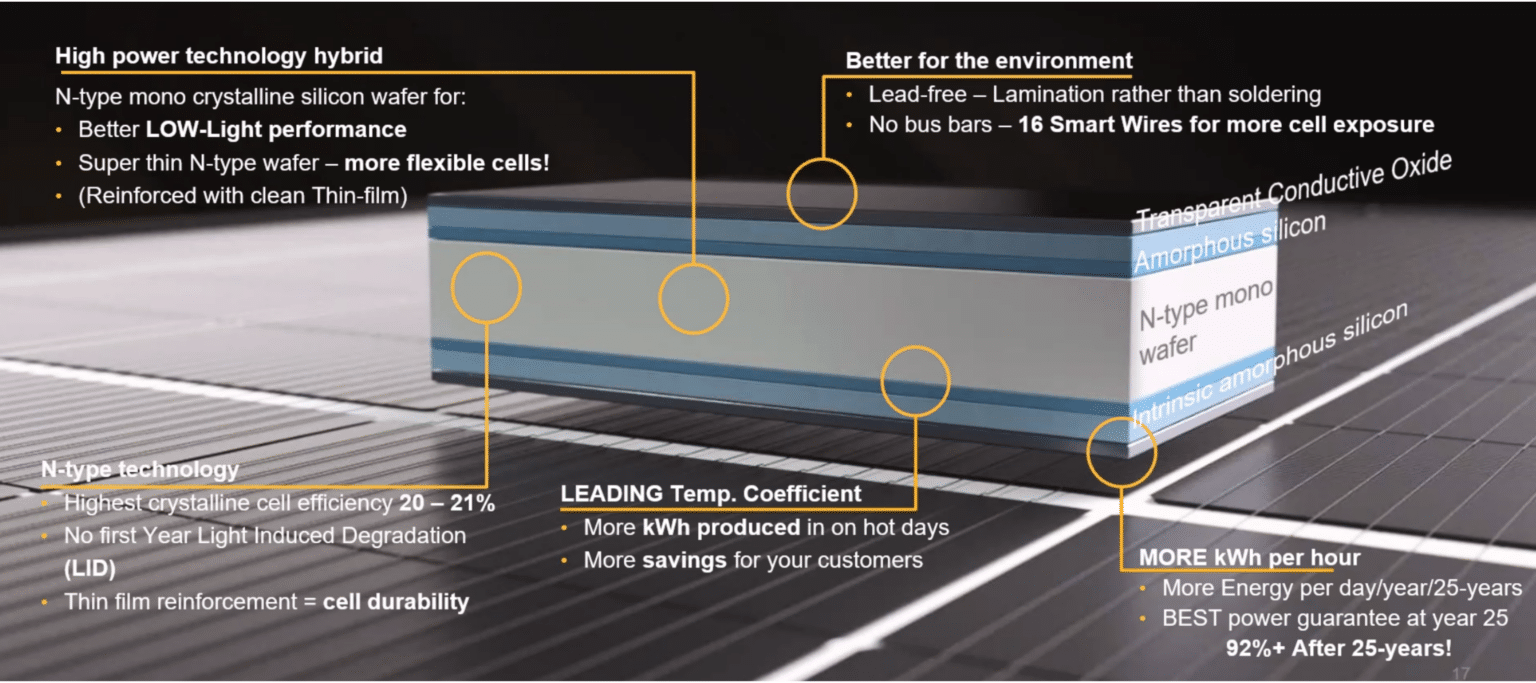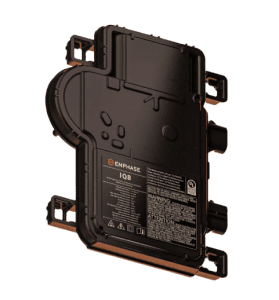Solar radiation, often referred to as sunlight or solar energy is what powers solar panels. The amount of solar radiation that reaches any given point of Earth is affected by many factors, which can effect the amount of power created by its capture.
A common misconception about solar panels is that they are made from rare raw materials. In reality solar panels are made from a grid of silicon (the second most abundant resource on the planet), glass, and wiring.
Solar panels work via the Photovoltaic effect, in which photons released from the sun knock loose electrons from their atoms in solar cells. These loose electrons then flow through positive and negative conductors attached to the solar cells, creating an electrical current.


The electricity generated from solar panels comes in the form of Direct Current (DC) as opposed to the form of electricity our homes use which is Alternating Current (AC). This is why a solar system will come with a solar inverter! Solar inverters convert the DC power generated by solar panels to usable AC power.
Solar inverters are incredibly efficient, for example the Enphase IQ 8 has an efficiency rating of 97% in converting DC to AC power and the SolarEdge Single Phase Energy Hub Inverter boasts a high efficiency rating as well!
Central inverters (commonly called string inverters) work by linking together several solar panels. Conversely microinverters are paired individually to a single panel.
Microinverters, while being more expensive, are generally seen as the superior inverter as they are easier to upgrade, more efficient, and often have better warranties. If a singular microinverter fails the rest of the system can still function whereas if a string inverter fails it can prevent the entire system from functioning.

When simply walking outside for a
Copyright © 2024. All Rights Reserved.